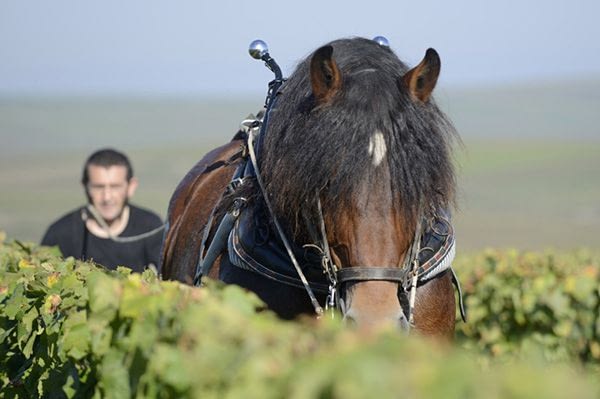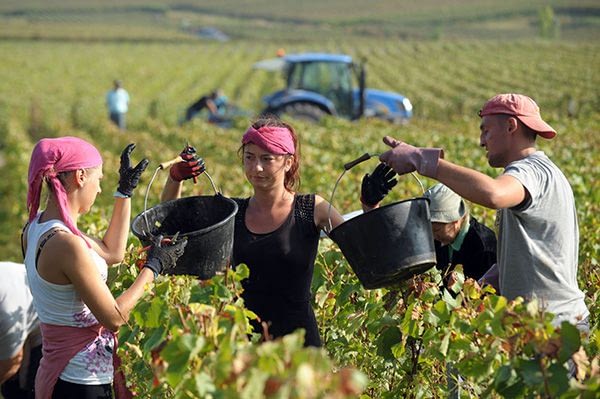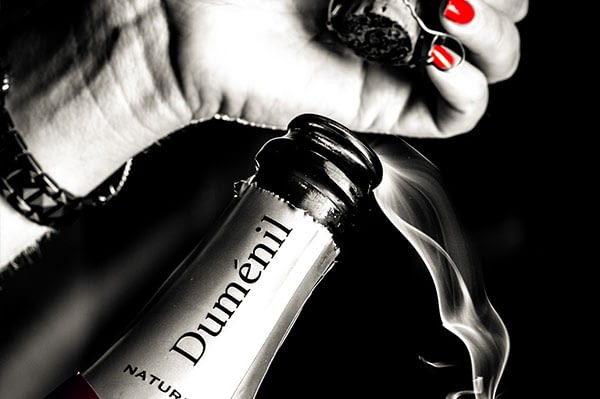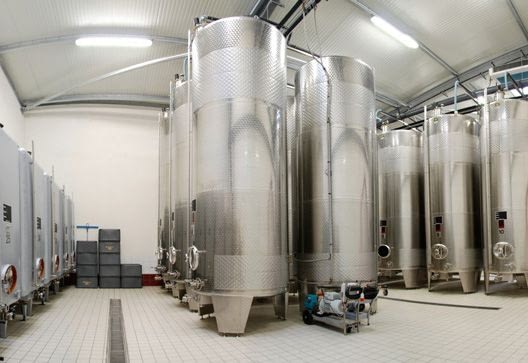How it all started
Before the wines of Champagne were famous, at the time when they were known simply as wines from La Montagne, it was the monks who first realised the quality of the vineyards that now belong to Champagne Duménil.
The monks came from the prestigious abbey of Saint Rémi in Reims which owned vineyards in the villages of Chigny-Les-Roses, Rilly-La-Montagne and Ludes, all situated in the area known as La Grande Montagne de Reims and all now classified as Premier Cru, where the Duménil family estate had its beginning.
As for the monks of the cathedral in Reims, they had vineyards in the nearby village of Sacy in the area known as La Petite Montagne de Reims which is also classified as Premier Cru.
Later, when the wines of the region started to be sold as champagne, their success was thanks to the quality of those same vineyards, and others like them, which was already well recognised.
Mention of the Duménil family can be found in public records going as far back as the reign of King Louis IV and right up to the present day.
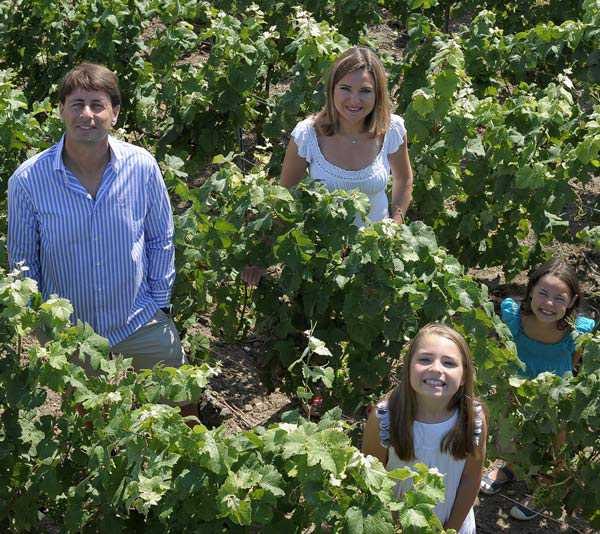
Our family and our history
The story of Champagne Duménil goes back to its foundation in 1874 and owes a great deal to a happy combination of skill in both viticulture and in wine-making that was a rarity at the end of the XIX century.
As well as tending vines, Emile-Paul Duménil, the founder, also owned a grocery and a café in Chigny-Les-Roses. Little did he realise that the champagne house he created would still be prospering more than 140 years later.
Exceptional wine makers
Their understanding of the tastes and expectations of their customers helped them become quite remarkable wine makers.
Frédérique and Hugues
Frédérique Poret is the great granddaughter of the founder of the house and today she is the creative inspiration behind the blending of the champagnes. Her husband, Hugues, is from a long line of vignerons in the nearby village of Sacy, Premier Cru, and he has the knack of bringing the best out of each plot of vines so that each reveals its own individual character.
They each play an equal part in the wine making and in bringing the spirit of Champagne Duménil to life.

A single land
It’s the deep layer of chalk that lies not far below the surface of the soil in our vineyards on La Grande Montagne de Reims that protects the vine roots from frost and which provides the nutrients and water the vines need to produce the elegance and freshness we look for in our wines. The forest too plays a vital role in regulating the temperature of the vineyards, concentrating the warm air above the slopes during the day and releasing it, as night approaches, down towards the lower slopes and the plain below.
The soil on La Petite Montagne has a sand and clay composition that brings out the magnificent fruity character of Pinot Meunier.
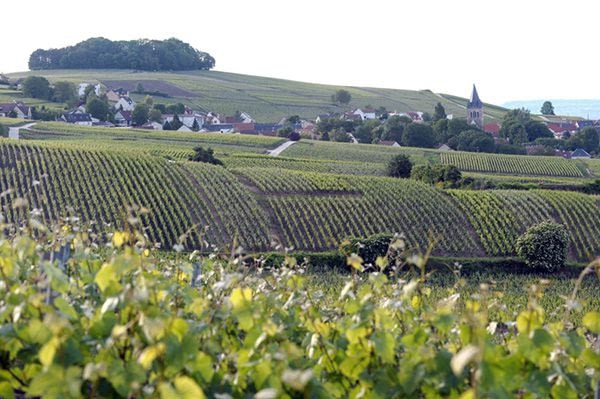
The vineyards
A vineyard 100% Premier Cru nestled in the heart of the Montagne de Reims
All products of the House are Premier Cru. It is from the chalk within these well-known hills «hill of the Montagne de Reims» (Chigny-les-Roses, Rilly-la-M et Ludes), that the Dumenil Champagnes draw their incredible fruit. In order to retain the unique nature of the soil and the subsoil, manual labour is favoured as much as possible; notably with the use of horses in the oldest vineyards.

At each stage of the winemaking
Independent winegrower, we produce Pinot Noir, Pinot Meunier and Chardonnay grapes in low yielding vineyards. Champagnes which are complete, balanced and rich are created from this trilogy. The Dumenil champagne style is sustainable for the future thanks to a precise blend from older vintages carefully preserved. Our precious bottles will mature in the cellars for a minimum of 3 years.

